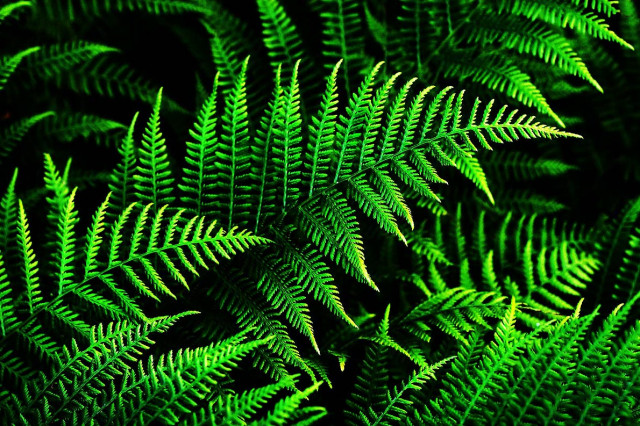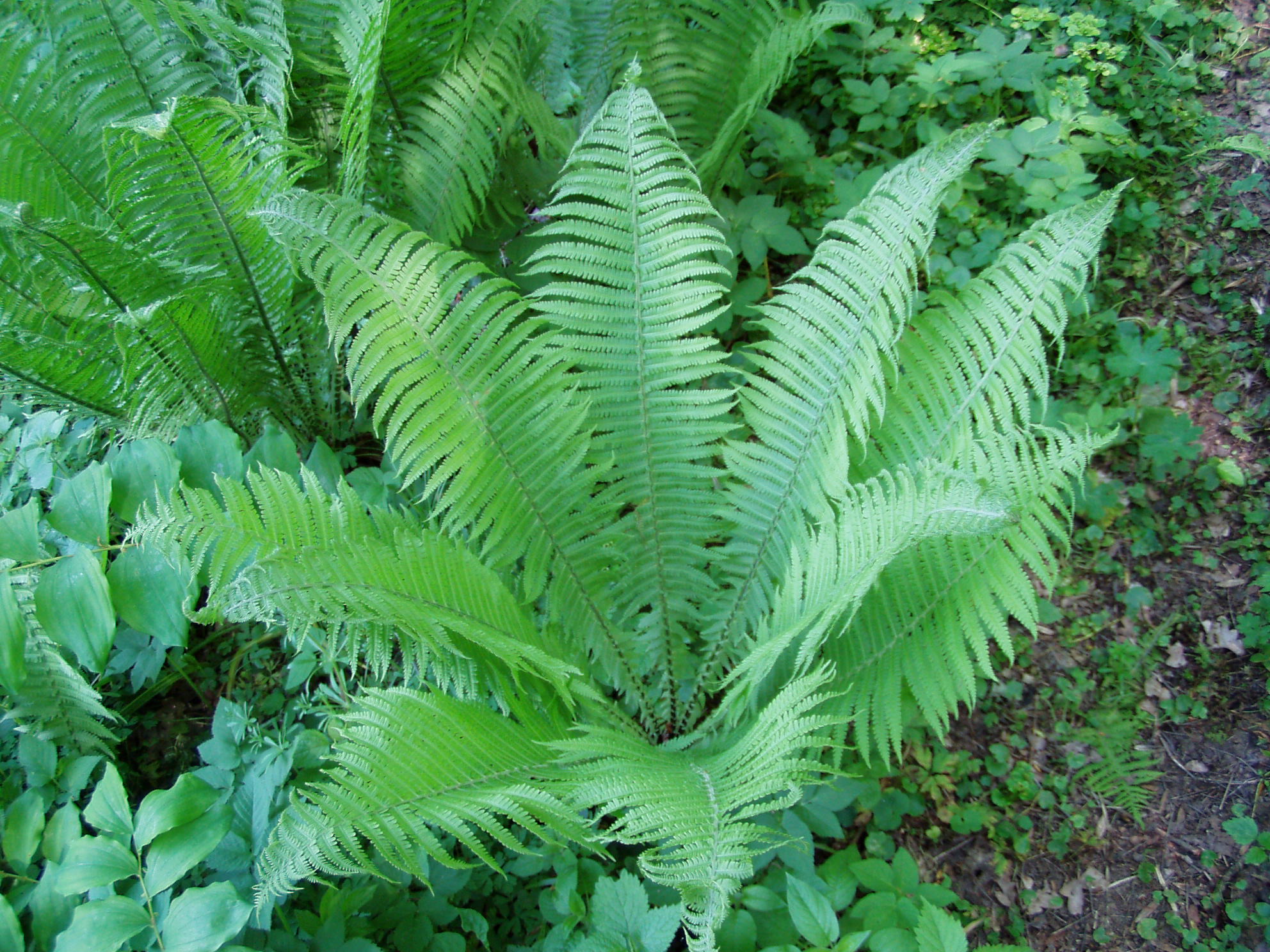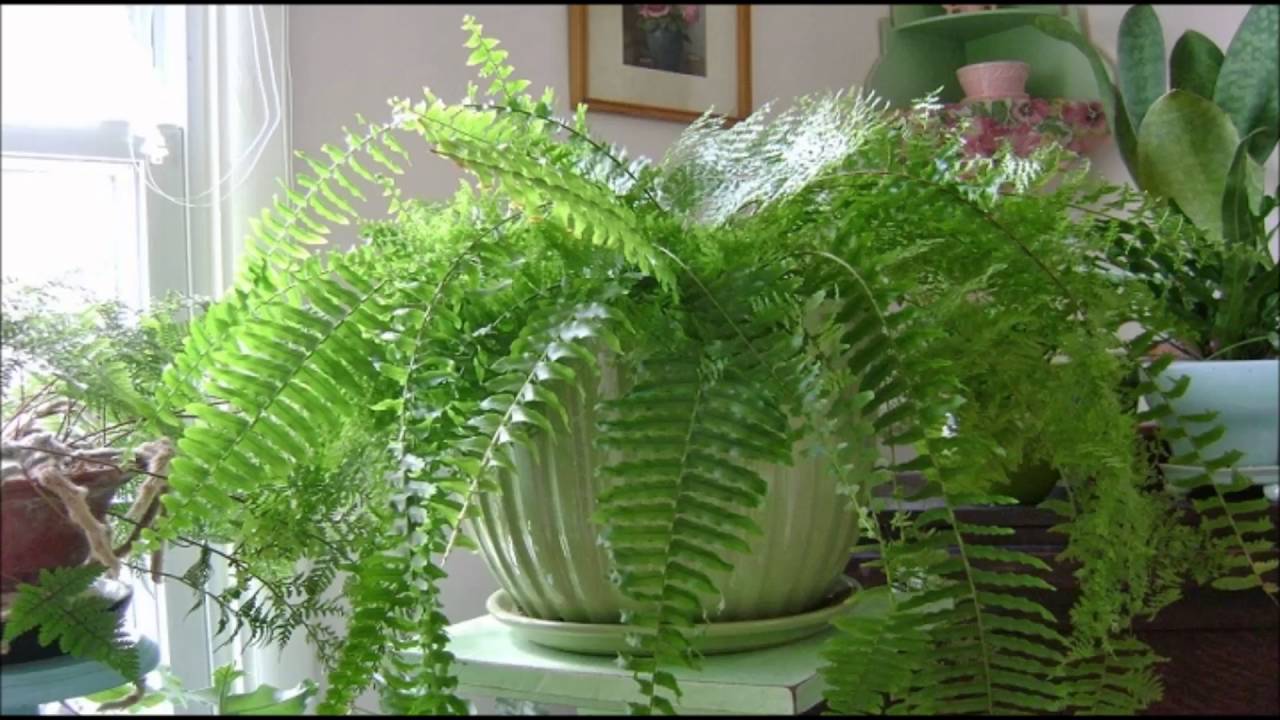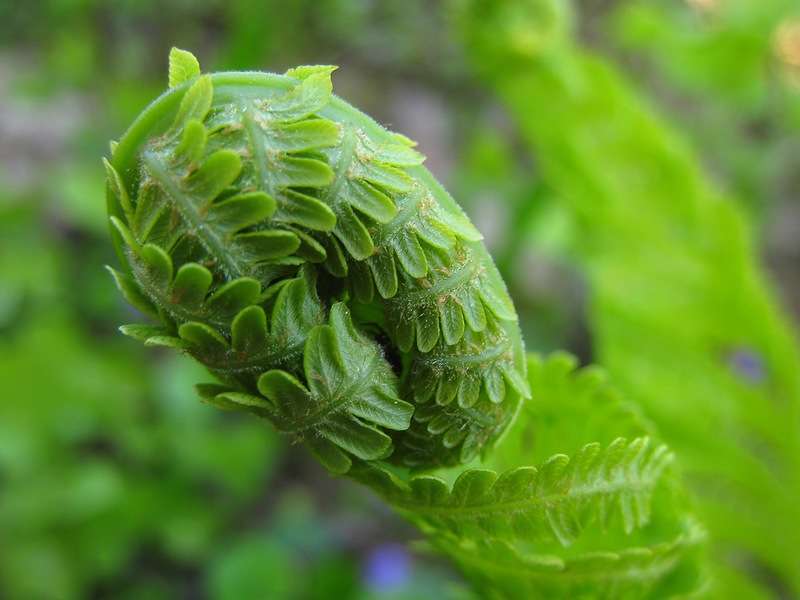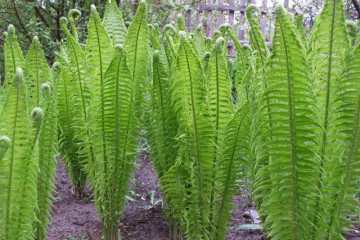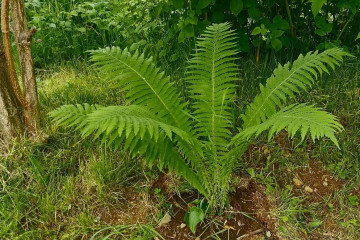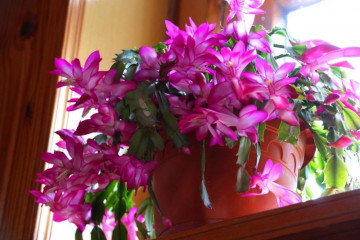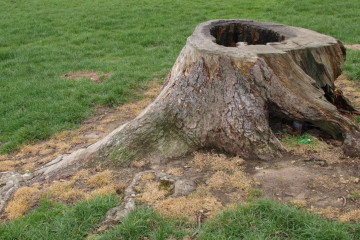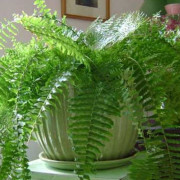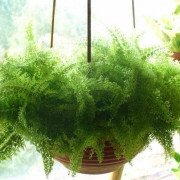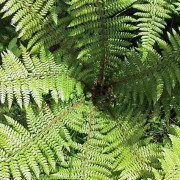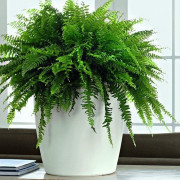What is the structure of a fern - features of leaves, fern roots
Content:
Ferns have been growing on planet Earth since time immemorial. The duration of their existence is estimated at millions of years. Plants have a variety of life forms, preferring wet habitats. The peculiar structure of the fern makes it extremely adaptable to survival.
Description of fern plants
What is a fern, there are different versions. Scientists believe that these are direct descendants of the most ancient plants - rhinophytes. In the process of evolution, the structure of ferns has become more complex, why ferns are classified as higher plants, no one is surprised. It confirms:
- cyclical development of plants;
- developed vascular system;
- adaptability to terrestrial environment;
By definition, a fern is a perennial plant that belongs to the genus of spore plants. When asked about a fern: is it a shrub or a grass, you can answer in the affirmative in both cases. Sometimes it is also a tree.
Additional Information. When describing ferns, one cannot but recall their varied color range, which gives aesthetic pleasure. These plants often become a real decoration of the sites. Their undoubted advantage is resistance to diseases and pests.
Biological classification of ferns
The sheer number of fern species complicates their classification. Such attempts were made by ancient scientists. The proposed schemes are often inconsistent with each other. The classification of modern ferns is based on the structure of the sporangium and some morphological characters. All varieties are divided into ancient and modern.
The fern division includes the following seven classes of vascular plants, both extinct and modern:
- Aneurophytopsida (Aneurophytopsida) is the oldest primitive group.
- Archaeopteridopsida are also ancient representatives that resembled modern conifers.
- Cladoxylopsida - there are versions that this group represents a blind branch of evolution.
- Zygopteridopsida (Zygopteridopsida or Goenopteridopsida) is a transitional group to modern species.
- Ophioglossopsida (Ophioglossopsida) are modern ferns.
- Marattiopsida (Marattiopsida) - perennial plants of small and large forms.
- Polypodiopsida (Polypodiopsida - perennial or less often annual plants of various sizes). They are subdivided into three subclasses: Polypodiidae, Marsileidae, Salviniidae.
History of fern plant species
The history of ferns began in the era of the dinosaurs - 400 million years ago. In the warm and humid climate of tropical forests favorable for them, ferns dominated the Earth. Some species reached 30 m in height. Over time, climatic conditions have changed dramatically. How many natural disasters had to occur for such giants as dinosaurs and tree ferns to disappear.
With all the variety of modern ferns, they are very different from the oldest plants, yielding to them in size and variety of forms. But even today it is the largest group of spore species - 300 genera and more than 10 thousand species. Ferns are widespread due to their ecological plasticity and amazing features of reproduction.
Distribution in nature, examples of species
When and where the fern grows depends on the warmth and humidity of the area. The habitat of ubiquitous plants can be:
- lower and upper tiers of forests;
- swamps, rivers and lakes;
- ravines and damp meadows;
- crevices of rocks;
- walls of houses;
- roadsides.
In temperate latitudes, hundreds of herbaceous ferns can be found. A brief overview of some of the species:
- Orlyak ordinary. Easily recognizable by the leaves in the shape of an open umbrella. Distributed in pine forests, suitable for human consumption.
- Male shieldworm. A herbaceous plant with leaves up to 1.5 m long, very rare. The extract of the thyme is used in medicine as an anthelmintic agent.
- Female kochedyzhnik. A large plant with elegantly shaped leaves.
- Common ostrich. Large beautiful fern. Due to the long rhizomes, it forms whole thickets. Used in landscaping areas. Boiled Ostrich leaves are edible.
- Osmund. A plant with a short rhizome and long shiny leaves native to East Asia and North America.
- Multi-rower. Its leaves are dark green, arranged in rows.
Suitable for home cultivation:
- Kostenets;
- Nephrolepis;
- Davallia;
- Asplenium;
- Dixonia;
- Pteris.
These plants perfectly decorate the home interior. The Junior variety with corrugated leaves is very beautiful.
Interesting Facts:
- Hecystorteris pumila and Azolla cariliniana are the lowest plants. Their length does not exceed 12 mm.
- Epiphytes feel great on trees and vines.
- In mountainous areas, you can find Venus hair - an amazing plant with beautiful openwork leaves.
- The tree trunks of large ferns in the tropics are used as building materials.
- Marsilea quadrifolia feels great underwater.
- Dicranopteris has leaf petioles of metal strength.
Rare species of ferns:
- Dwarf comb;
- Phegopteris binding;
- Brown's multi-rower;
- Asplenium wall;
- The broomstick is multipart.
- Floating fern Salvinia is listed in the Red Book of Belarus.
How many ferns live
The question "how many years does a fern live" is not an easy one. Life expectancy depends on the place of growth and species. In temperate latitudes, the terrestrial part of the fern dies off with the onset of cold weather, in the tropics it can grow for several years. The adventitious roots are replaced every 4 years with new ones; the rhizome itself remains viable for up to 100 years. This feature enables the plant to survive in any conditions.
Features of plant nutrition
Ferns feed by extracting essential nutrients from roots and leaves. The plant absorbs necessary microelements and water from the soil. Leaves are involved in the process of photosynthesis by converting carbon dioxide into organic acids. So the fern receives starch and sugar, which are necessary for the life of all organs.
Analysis of the structure of fern plants
The ancestors of fern plants had a primitive structure.In the process of evolution, it has become more complex.
Stems
The stem of the ferns is underdeveloped, small in size. It is called the rhizome. Of course, woody tropical ferns are an exception. The curly rhizome can be forgiven over long distances.
Leaves, frond
The fern leaf is much more massive than the stem. They are not quite ordinary, they have distinctive features of structure and growth, various forms. More often they are dissected, feathery. Vayi - this is the name of the leaves of the fern. The petiole is attached to the underground part of the stem - the root or rhizome. Looking at them, it is difficult to understand where the stem ends, and at what level the leaf begins. An interesting feature of the frond is the growth of the tip, which is a curled and gradually unfolding snail-shaped curl.
Leaf development begins in the buds underground and lasts up to two years. Only in the third year can they appear above the ground. Due to the apical growth, fern fronds reach very large sizes.
In most plants, fronds are involved in the process of photosynthesis, vegetation, and at the same time in the formation of spores. Spores appear in sori, which are located on the underside of leaves in the form of single or group tubercles.
Root system
The root system consists of a powerful rhizome and numerous adventitious roots. The conductive tissue on the stem and roots absorbs water and moves it along the vascular bundles to the leaves.
Reproductive organs
Fern life is divided into two cycles: long asexual - sporophyte and short sexual - gametophyte. Fern reproductive organs - sporangia, where spores are located, are located on the lower part of the leaves. Ripe spores pour out of the burst sporangium and are carried by the wind far from the parent plant. Some scientists compare spore formation with the flowering of other plants.
Only a fraction of the huge number of spores survive. The sexual phase begins when, under favorable conditions, the spore grows into a haploid outgrowth (gametophyte), which looks like a green heart-shaped plate several mm in size. On the underside of the outgrowth, female and male genital organs are formed - antheridia and archegonia. The eggs and spermatozoa formed in them merge in wet weather, and a zygote is formed, from which the embryo of a young plant - a sporophyte - develops.
The plant can also reproduce vegetatively, when brood buds are formed on the stems and roots. This is important for amateur gardeners who grow some species on their sites.
Comparison with other herbaceous plants
Fern-like are ferns, horsetails and moons. They all reproduce by spores and have a common origin.
Ferns have characteristic distinguishing features from other herbaceous plants:
- They differ from algae in rhizome and complex leaves.
- In mosses and ferns, there is an alternation of generations of gametophyte and sporophyte. Gametophyte predominates in mosses, sporophyte in fern. The presence of conductive tissue in the form of vascular bundles makes the representatives of fern-like plants more adapted to the terrestrial way of life.
- Unlike flowering plants, they reproduce by spores and do not bloom.
Due to its rich chemical composition, the fern has properties that are beneficial to humans. It is used for medicinal purposes and in cooking, it is suitable for salting. Traditional medicine also paid attention to wonderful plants.
